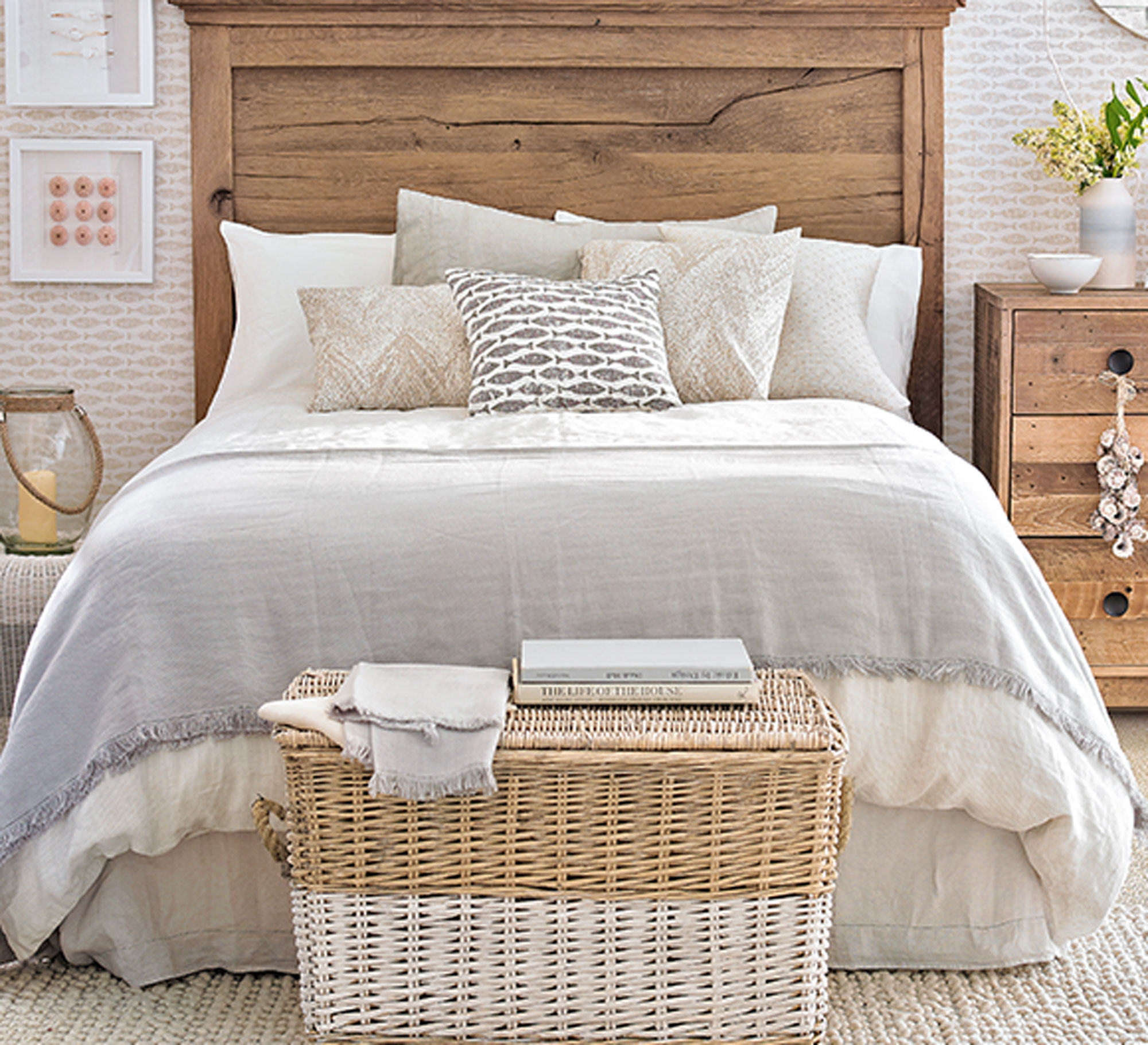
If you didn’t sleep that well last night, it could be your pillows to blame. Perhaps you’re finding them less comfortable than they used to be, in which case you might be wondering how often you should replace a pillow.
The answer might surprise you. I asked multiple sleep experts how often you should change your pillows and the unanimous response was; every two years. That’s way more frequently than I expected!
But, there are caveats. According to our bedding experts, the type of pillow you’re sleeping on affects how often it will need replacing.
As such, I’ve outlined how long each type of pillow lasts, how you can tell when a pillow needs changing, and how to prolong the lifespan of your pillow below. This way, once you’ve found the best pillow for your sleep needs, you can keep it in tip-top condition for longer.
How often should you replace your pillows?
‘As a general rule of thumb, we recommend replacing pillows at least every two years,’ says Fabio Perrotta, director of buying at bedding brand Dreams.
'We recommend changing your pillows with no more than two years of use, as they’re unlikely to be providing your spine with the necessary support for a good night’s sleep after that point,' agrees Jackie Shephard, head of homeware at bedding and furnishing specialists Terrys.
And good support and spinal alignment is vital for a good night's sleep, whether you're using one of the best pillows for side sleepers, or a pillow designed for front or back sleepers.
However, Fabio goes on to explain that ‘some styles of pillow have a shorter lifespan and will need replacing more often than others.’ So what are these types of pillow, and how long should each style of pillow last?
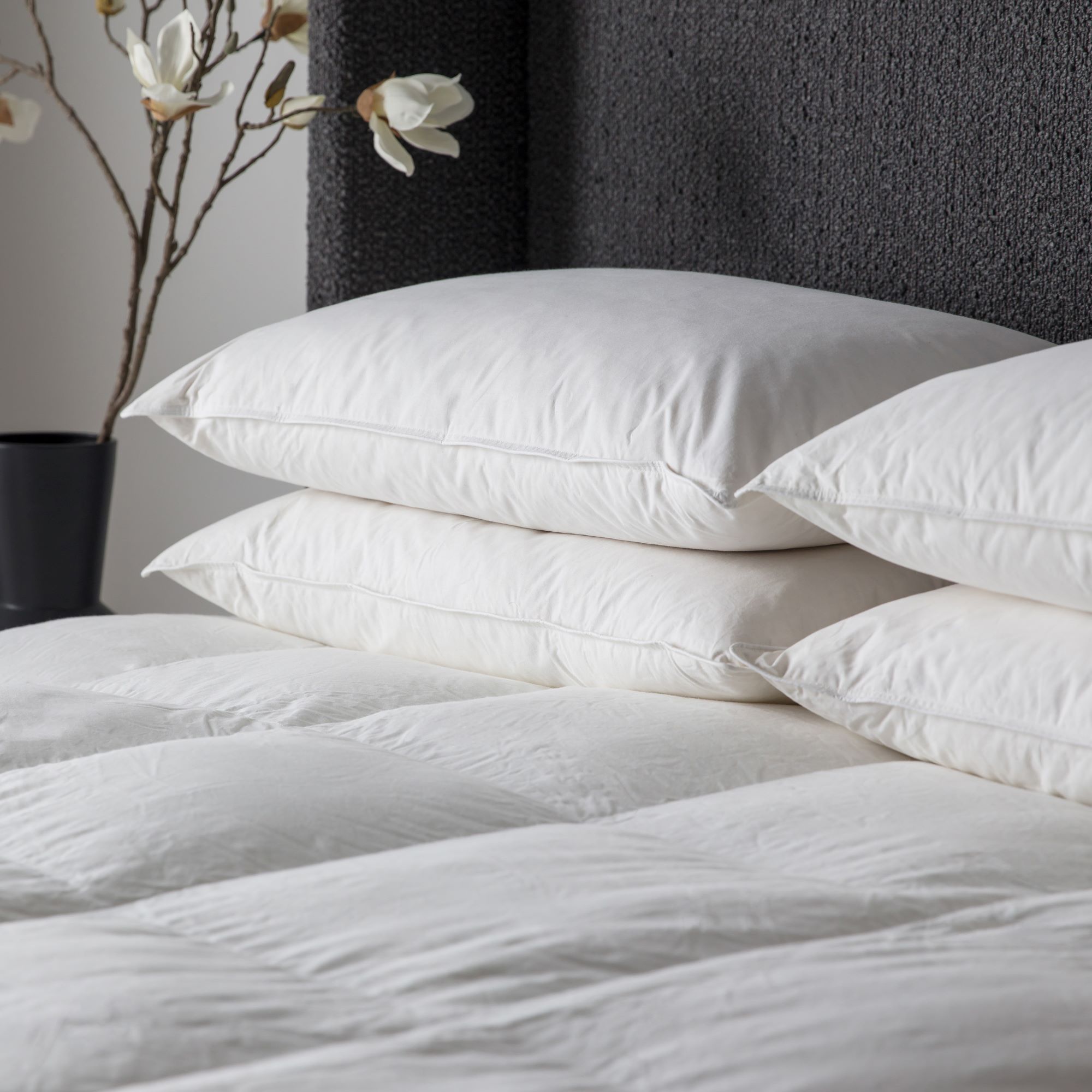
Sleep expert Martin Seeley from bedding retailer MattressNextDay gives the following guidelines on how long different types of pillows tend to last:
- Microfibre or hollowfibre pillows are likely to deteriorate fastest. The synthetic filling can become compressed over time and get lumpy. Expect a 1 to 2 year lifespan.
- Feather and down pillows tend to be at their best for around 2 years. It depends on the quality you buy, but the filling can still wear down over time.
- Memory foam pillows usually only need to be replaced every 3 to 5 years.
- Latex pillows can also hold their shape over time, resulting in a lengthy timespan of 3 to 5 years.

This said, your pillow’s longevity isn’t the only thing you should consider when it comes buying a pillow. The best filling for a pillow will depend on your sleep style - such as whether you’re a side, back, or front sleeper, and any additional needs you have, such as being a hot sleeper or suffering from allergies. Our guide to how to choose a pillow can help here.
How do I know when my pillow needs replacing?
So we have a rough gauge of how long a pillow should last, but how do you know when a pillow needs replacing?
‘There are many ways of knowing when it is time to replace your pillow,’ continues Chris Tattersall, sleep expert and managing director of wool bedding brand, Woolroom. ‘The first and most obvious one is when it starts to smell, turns yellow and there are noticeable, permanent stains from body sweat and oil. Aside from this, you might start to wake up with aches and pains, particularly in your neck or shoulders, or begin getting headaches.’
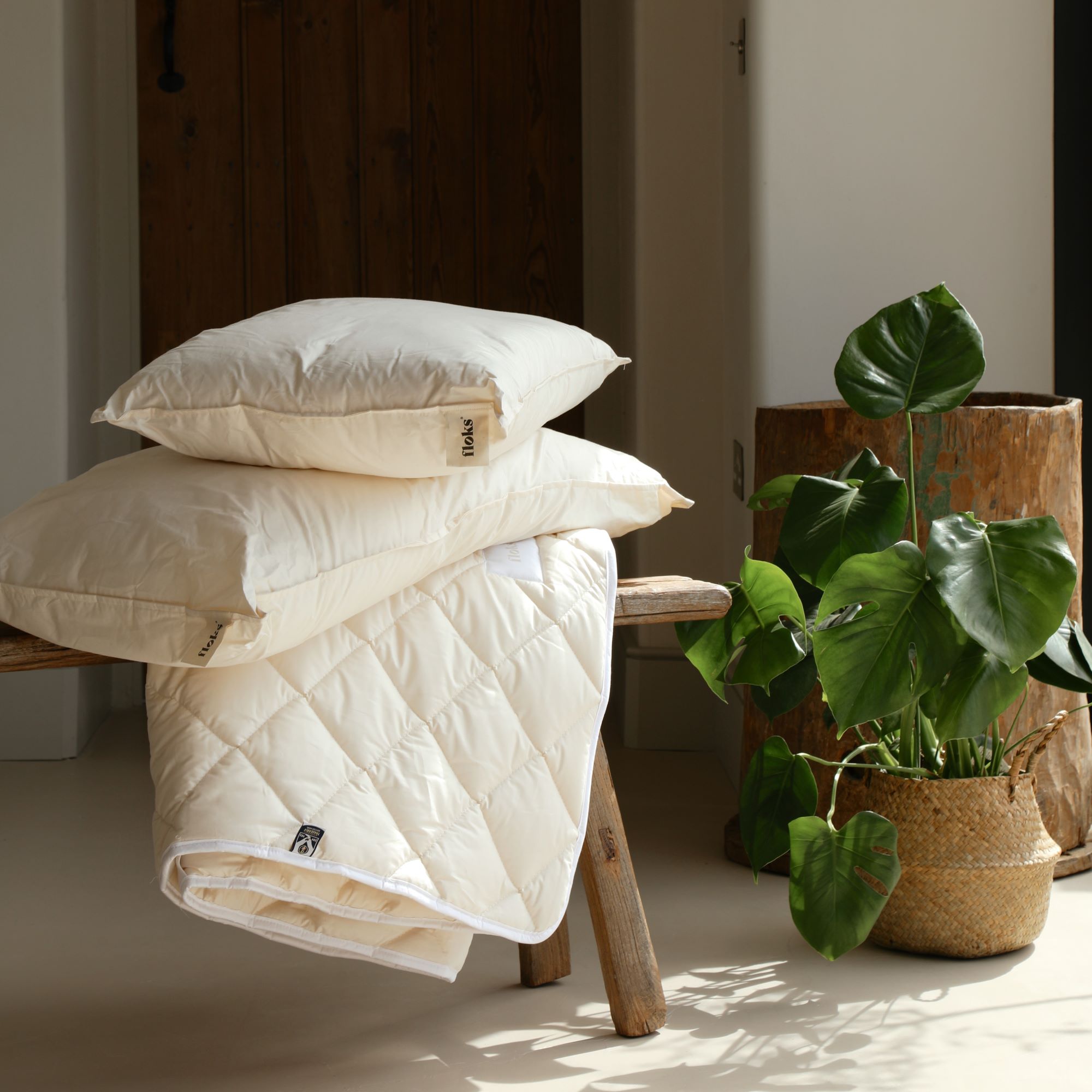
In a nutshell, the following are all signs that your pillow needs replacing:
- Your pillow feels lumpy or the filling has clumped together
- Your pillow is stained, discoloured or smells unpleasant
- Your pillow has lost height and feels flat and compressed
If this is all sounding familiar and you're realising your trusty old pillow might no longer be offering you the best nights sleep, these are three of our tried-and-tested favourite pillows for side, back and front sleepers.
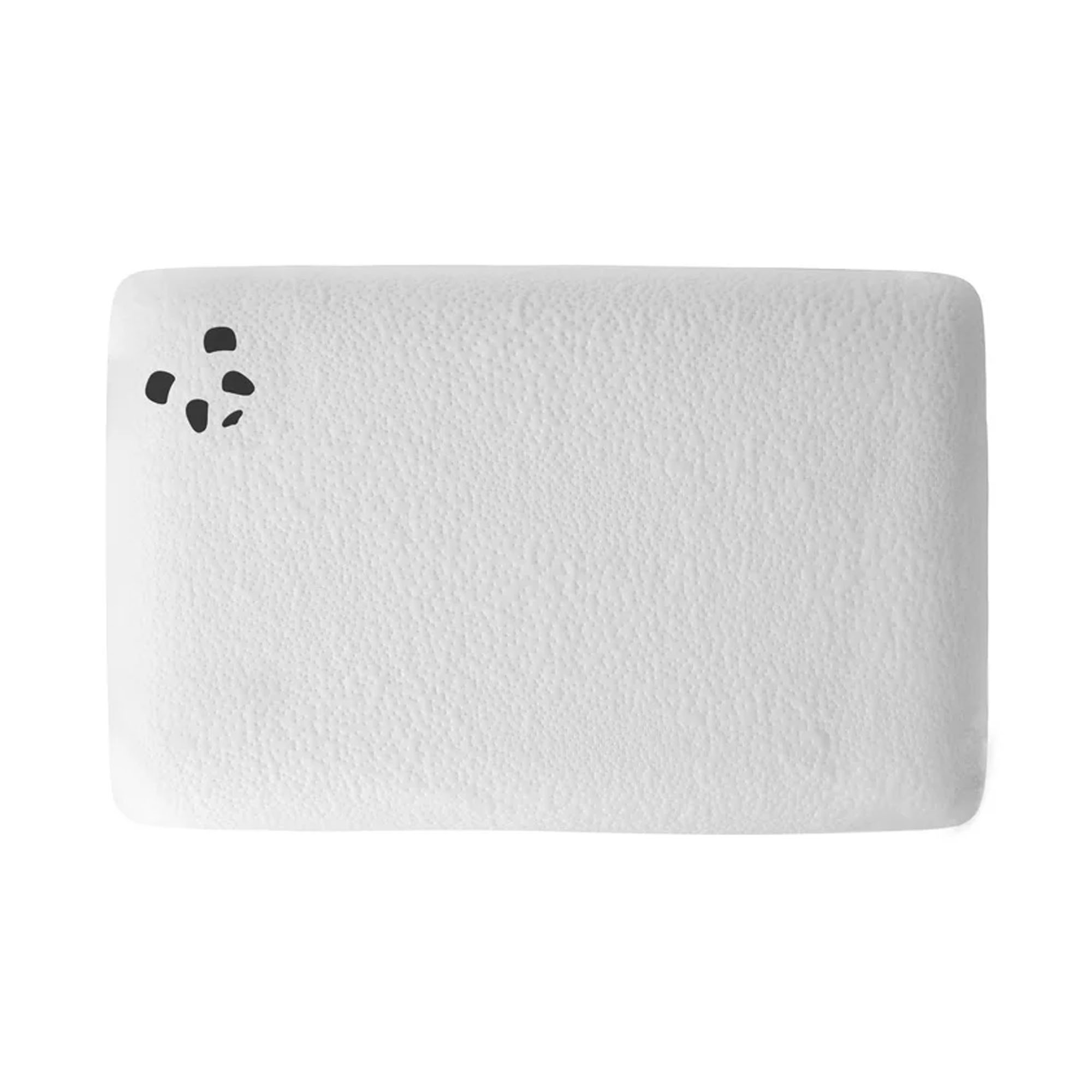
A high loft (that's pillow speak for height) and medium-firm support make the Panda Memory Foam Pillow a great pillow for a side sleeper.
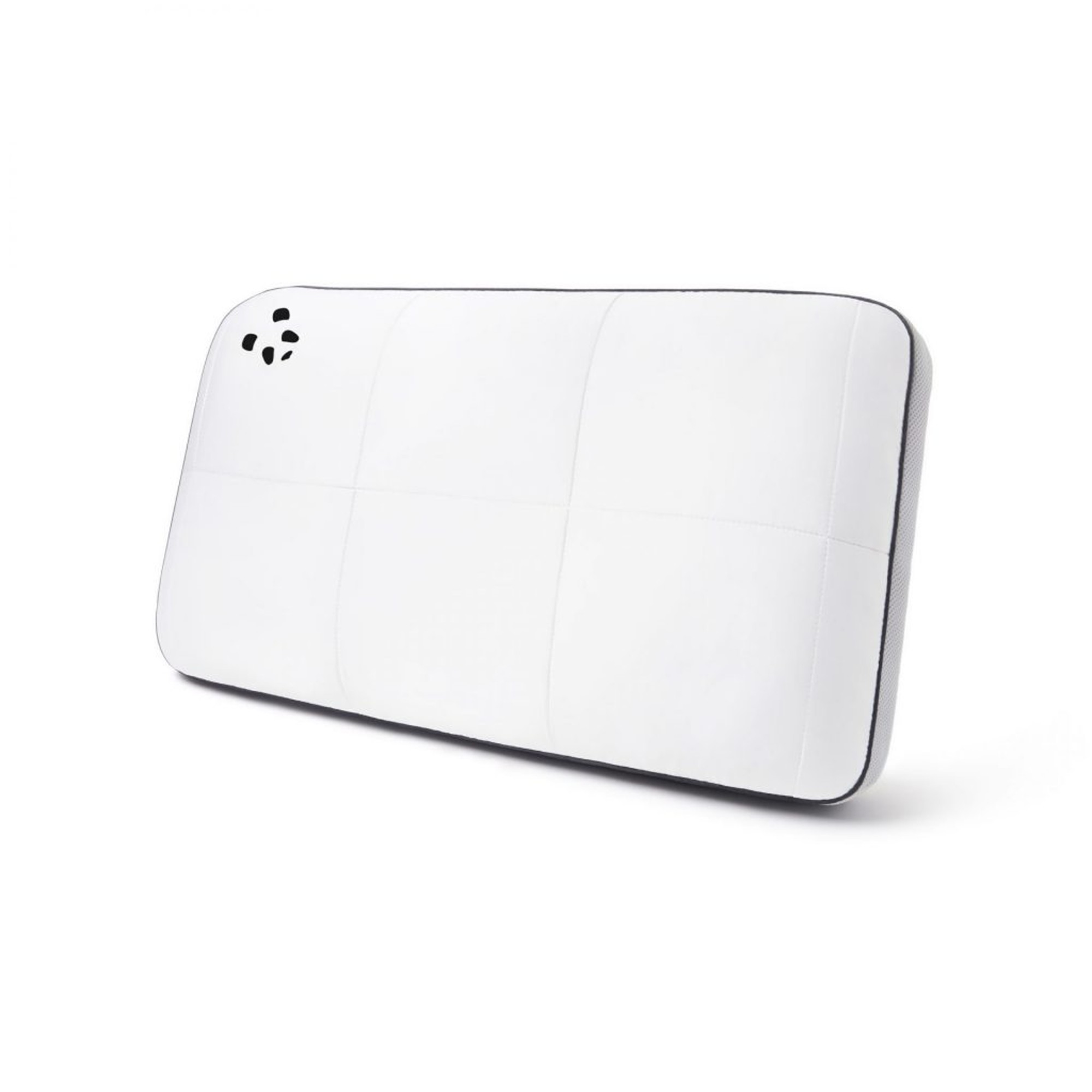
A medium loft and a squishier more cushioned feel – along with a 30-night sleep trial – make this pillow a great choice for a back sleeper.
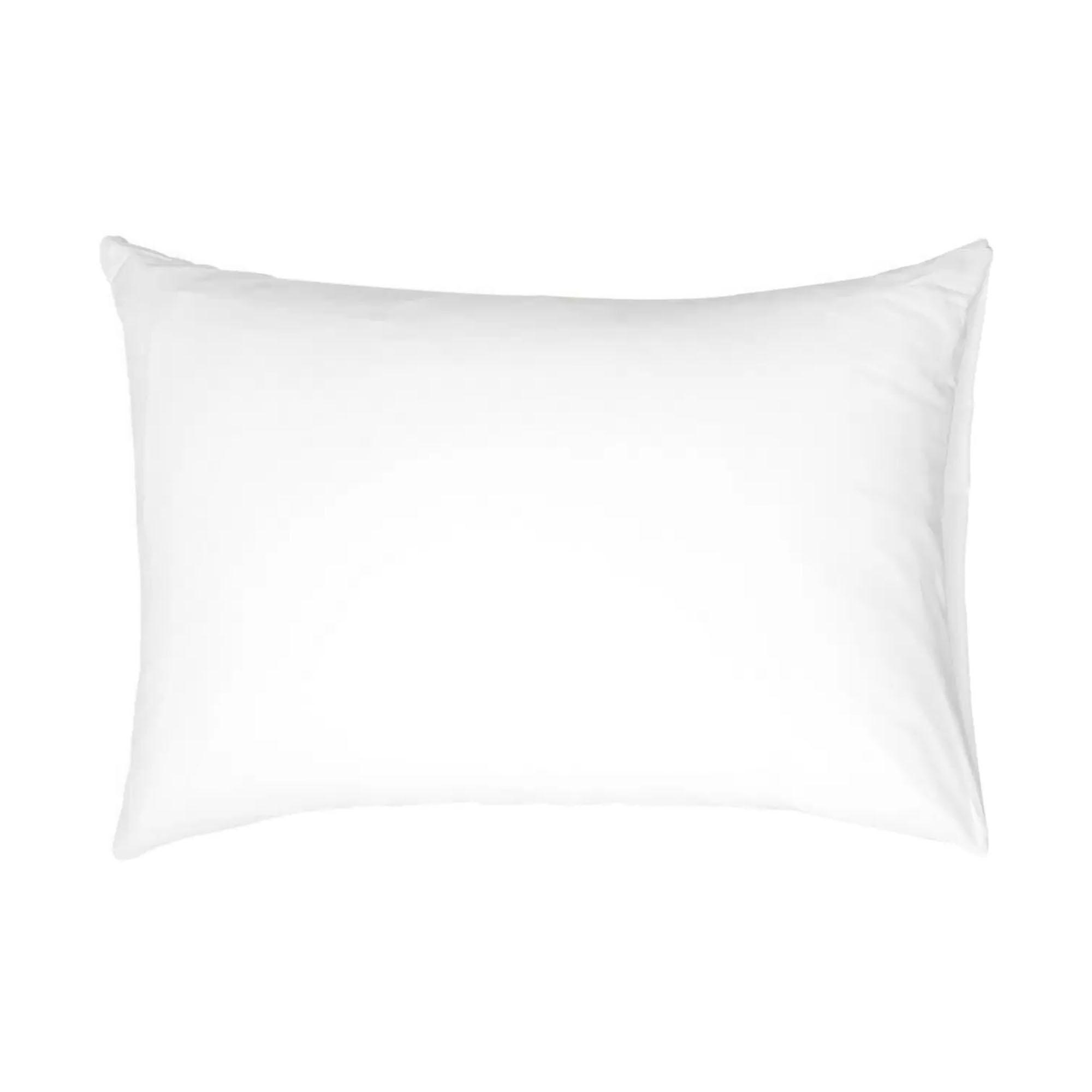
Soft, squishy, and low, this is a good pillow for a front sleeper who needs a pillow that doesn't lift their head too high from the mattress.
How to prolong the lifespan of your pillow
Although no pillow is going to last forever – even the best memory foam pillows are going to give up the ghost at some point – there are two main ways to prolong the lifespan of your pillow.
Firstly, wash your pillow regularly following the instructions on its care label. If you’re wondering how often you should wash your pillow, that’s roughly every 3-6 months, although you might want to do it more often if you’re prone to sweating or have allergies.
Our guide to how to wash a pillow explains everything you need to know about caring for your pillow, but it’s worth noting not all pillows can be washed. You can generally wash feather pillows and synthetic microfibre and hollowfibre pillows (just check the care label first), but memory foam and latex pillows can’t usually be washed.
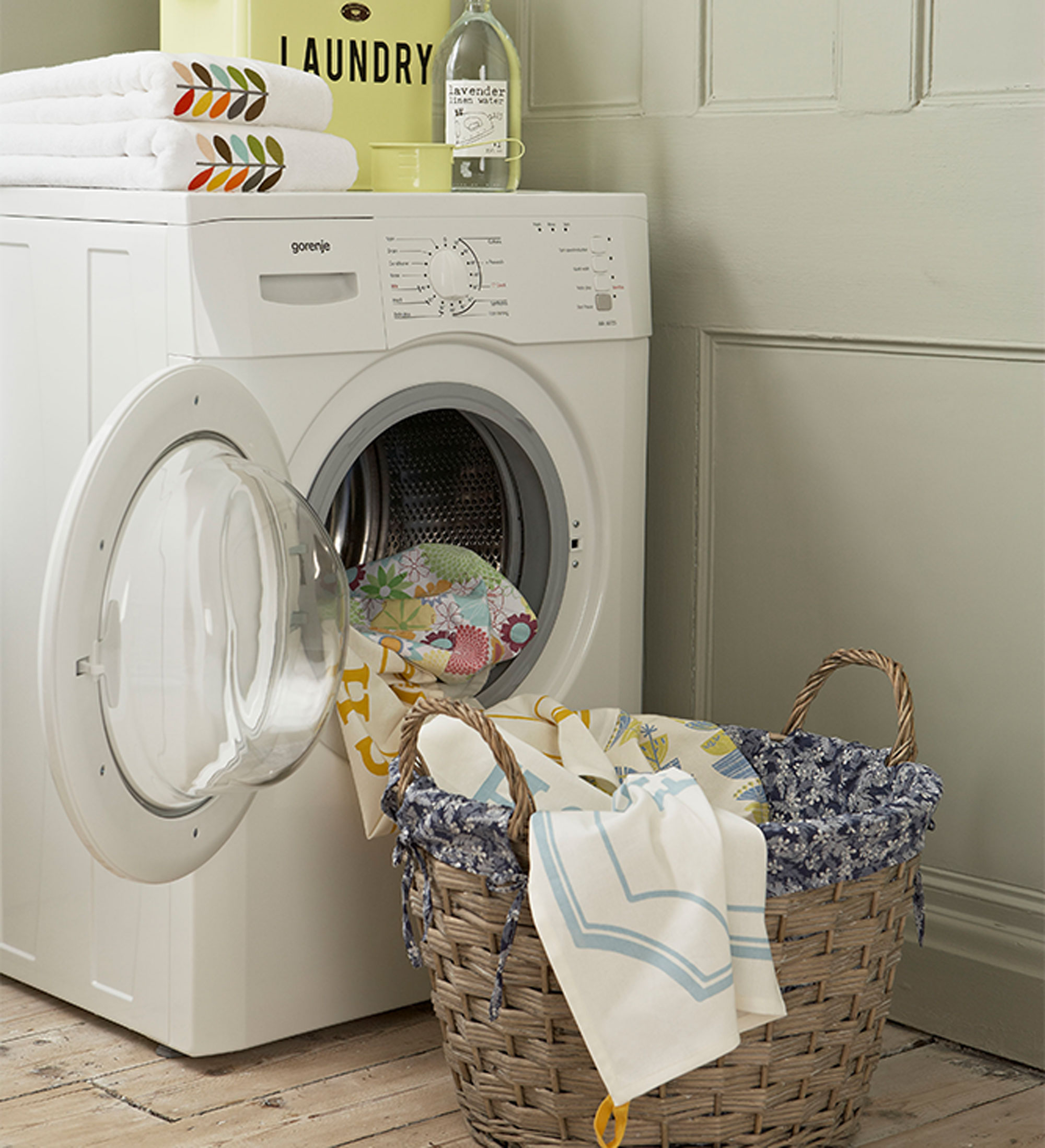
Secondly, you can use a pillow protector, like these pillow protectors from M&S, or these pillow protectors from Soak & Sleep.
If you’ve invested in the best mattress your budget allows, you would use one of the best mattress protectors to safeguard your purchase, and it’s the same with a pillow. A pillow protector goes underneath your pillowcase to provide an extra level of protection. This prevents pillows getting stained or allergens getting inside the pillow. So if you’re wondering if you should buy a pillow protector, the answer is yes.
When should you throw out a pillow?
Even though washing and protecting your pillow can increase its lifespan, it won’t make it last forever, and at some point you may need to accept your pillow is past its best.
Why is this important? Because your pillows are in direct contact with your face, head and hair, which means that they absorb sweat, oils, drool, dirt, and dead skin cells that can seep through pillowcases and are retained inside pillows. If this is then transferred back onto the skin, it can clog pores and trigger rashes and acne breakouts in anyone with sensitive skin.
In addition, old pillows can also accumulate allergens like dust mites, fungus, mould, and pet dander, which can cause allergic reactions such as a runny or stuffy nose, itchy skin, and irritated eyes that may then impact on sleep quality.
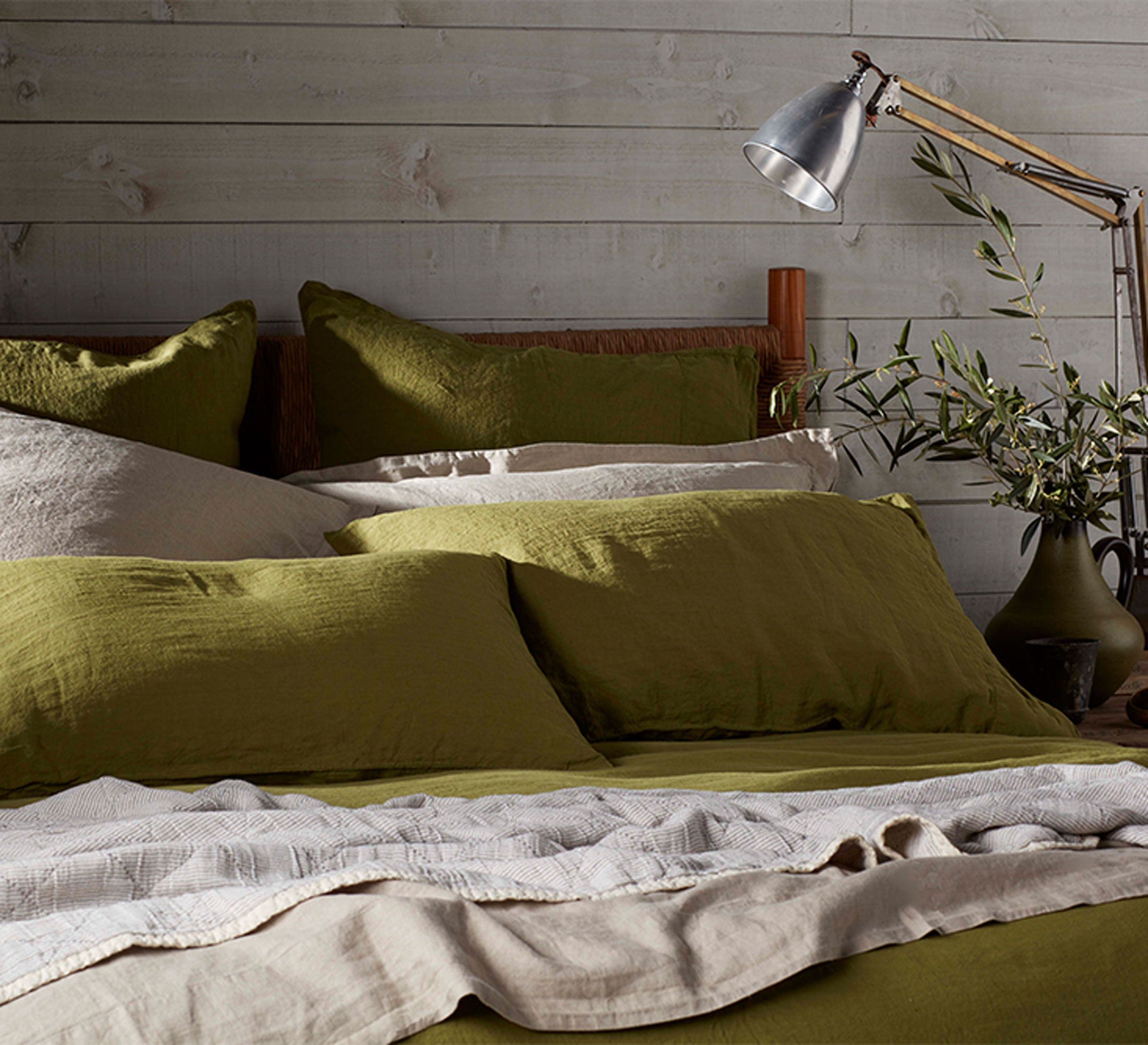
Aside from the cleanliness aspect, your pillow also plays an important role in maintaining proper spinal alignment while you sleep, so by replacing pillows regularly, you’ll get to keep on enjoying a restful night’s sleep and avoid waking up with aches and pains.
‘Sometimes you might also need to change your pillow for other reasons than its old age,’ adds Chris. ‘Other factors that can affect the longevity of your pillow might be if you’ve recently changed sleeping positions. For example, if you’ve switched from sleeping on your back to your side, you’ll need a new pillow with a different height.'

All of these are signs it's time to get rid of your pillow. But when you do, avoid throwing it in the dustbin or it will likely end up in landfill.
You may want to repurpose your pillow, including reusing old pillows in the garden! You can use them outdoors as floor cushions, bench pads or kneelers if you do lots of gardening. Or consider using old pillows to bolster pet bedding and make dogs or cats more comfortable.
If you can’t re-use or re-purpose your old pillows, then recycle your old pillow by finding a local textile recycling facility where the old pillow stuffing can be recycled and made into insulation or carpet padding.







